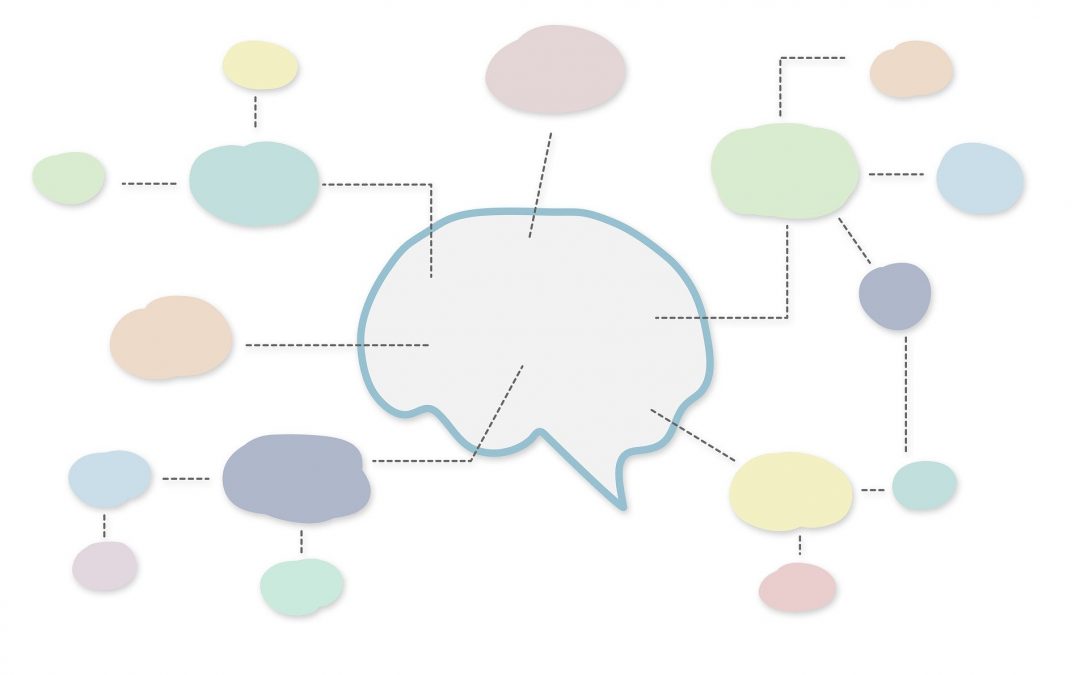What is mind-mapping and how can it be a study tool?
Studying for an upcoming test or exam can be challenging for learners of all ages, which is why it is advisable to apply strategies and tools that aid thought organization and memory processing. One such tool is mind-mapping, which is a highly effective process for organizing thoughts into a visually appealing manner, so that the student can now easily assimilate the information. Mind-mapping can either be done on paper with coloured pencils, a ruler, scissors, glue and magazines cuttings or – for the more technologically-crazed learners out there – appropriate, user-friendly applications are available in the online world.
But first of all: what exactly is mind-mapping? A mind-map is a visual diagram that is compiled to present information on a specific subject-matter and the relationships between all the ideas listed. It is a colourful tree-like diagram that uses images, words, short phrases, symbols and relationship arrows, which are added on top of and in between lines. The outcome visually resembles something like a spider web; it is a network of related thoughts, one leading to the next, clearly depicting the association between those facts or ideas. It is this attractive and engaging presentation of information that aids the memory re-call, especially if the mind-map was created by the learner themselves.
It is believed that mind-mapping increases learning and studying efficiency by more than 15% in comparison to traditional note-taking, which tends to present information in a cluttered, dull manner that does not give the brain anything enticing to latch onto.
Although the term ‘mind-map’ was originally introduced by the English author and educational consultant Tony Buzan, the actual concept of visually mapping out information has been around for centuries and was successfully used by engineers, psychologist and educators alike.
So what are the keys steps for developing mind-maps?
The main focus of the learner’s investigation (in other words: the study topic, the problem that needs solving or the question that needs answering) is placed at the centre of the mind-map drawn as an image. From this central image lines radiate out into different directions. Images, words or symbols are added along these lines representing key themes that are directly connected to this central idea.
Additional lines (perhaps drawn in different colours or of varying thickness) will then branch away from those main lines, delivering ideas that are further connected to the key thoughts. The more colourful the mind-map is and the more images, symbols and words used, the more detailed a concept is delivered to the brain, ready for recall at a later stage.
Websites such as ayoa.com and mindmeister.com (links below) show some excellent examples of mind-maps. Mind-mapping can be applied successfully in different contexts: essay, project and presentation planning; exam study; problem-solving; foreign language learning; note-taking during classes and lectures; the internalization of grammar concepts; student-progress reviews; homework reminders; task distributions; time-management (e.g. planning a study programme over a period of a few weeks); story-writing; the development of business ideas – and so on and so forth. The list of possible applications is endless. It is the perfect study, learning as well as idea- and process-generation tool.
As mentioned above, learners can either get down to business in a more traditional way with pen and paper or there are various mind-mapping applications available online. More visually engaging applications for children seem to be Kidspiration and iMindMapKids. However, there are many more; some are free, some need to be purchased and others can be subscribed to.
Websites such as Common Sense Education and PCMag provide independent reviews of various mind- mapping tools.
So all that is left to say is: next time your child throws their school books up against the wall during a tantrum because they can’t retain any of the information they are required to, introduce them to the exciting and extremely useful concept of mind-mapping!
Links to mind-map examples:
https://www.ayoa.com/ourblog/6-mind-mapping-examples-for-students-and-teachers/ www.mindmeister.com/blog/students-guide-to-mind-mapping
Links to Reviews of Mind-mapping tools:
To find your perfect tutor click here, for any other support please don’t hesitate to contact us here.
If you would like to have a friendly informal chat with us regarding a tutor at any level please call a member of our team on: 0333 335 5139

